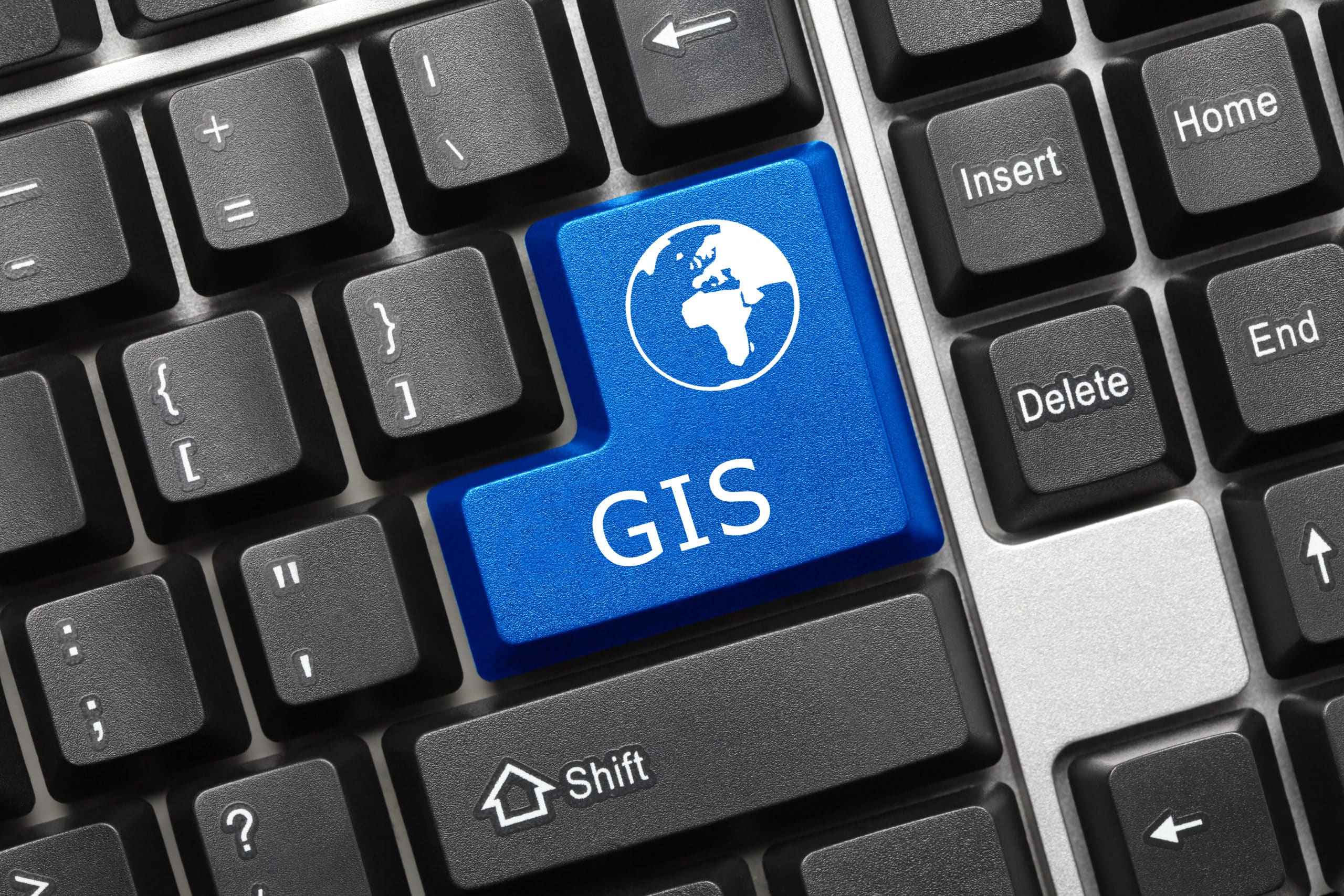Are you new to GIS and don’t know where to begin? You’re not alone. Whenever you’re unfamiliar with a topic, you probably performed a cursory Google search. You probably ended up on a Wikipedia page replete with complex terms, industry jargon, and maybe even a few confusing equations.
We’re here to help you become familiar with everything GIS. To begin with, it is necessary to note that GIS (and its various applications) are based on the science of geography.
Ellipsis-drive.com will explain what GIS is and what some of its main advantages are, so you can decide if this technology would be useful for your next project.
GIS stands for Geographic Information Systems.
GIS refers to a technological system that uses locational and tabular data, hardware, and software to gather, map, and analyze geographically referenced data. By creating maps and scenes, GIS allows users to organize, visualize, and analyze a variety of data layers.
By enabling users to visualize different types of data, GIS aids them in discovering patterns, understanding trends, monitoring changes, and responding to events – allowing for better decision-making. In industries such as supply chain management, insurance, forestry, urban planning, and many others, it has a wide range of applications.
What is the Purpose of GIS?
The process of coagulation involves the removal of dirt and other particles from water. To neutralize the negative charge that comes from dirt and other particles, chemicals such as alum, which have a positive charge, are added to the water. Chemicals and particles combine to form floc, a loosely clumped mass of particles.
Mapping with GIS
You’ve probably encountered a GIS mapping solution through Apple Maps or Google Maps. Apart from everyday use by the public, GIS mapping is also used by cities and municipalities to view assets in the field and make informed decisions.

Planned Communities
With GIS data, urban planning has never been easier. By analyzing urban areas, users can plan, expand, and develop their areas while keeping in mind important factors needed for success.
Optimising Transportation
There are often issues with public transportation in cities. If you live in a city with public transportation, you may have even experienced some of these problems. GIS is often used to deal with transportation problems. Transportation companies can also plan and optimize routes and railways using environmental and topical data.
Analyze the Environment
GIS allows for effective analysis of the environment (and humans’ impact), which provides insights into critical environmental issues like climate change. In order to mitigate or reduce the damage, we need an in-depth understanding of our environment and the problems it faces.
Managing Natural Resources
As well as protecting our environment, it’s important to know our natural resources and manage them appropriately, which GIS data can assist with. A GIS map provides insight into things like the geographical distribution of water and other natural resources.



